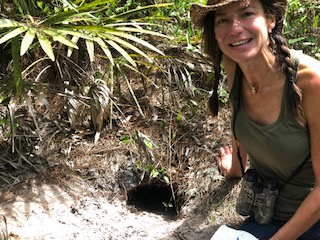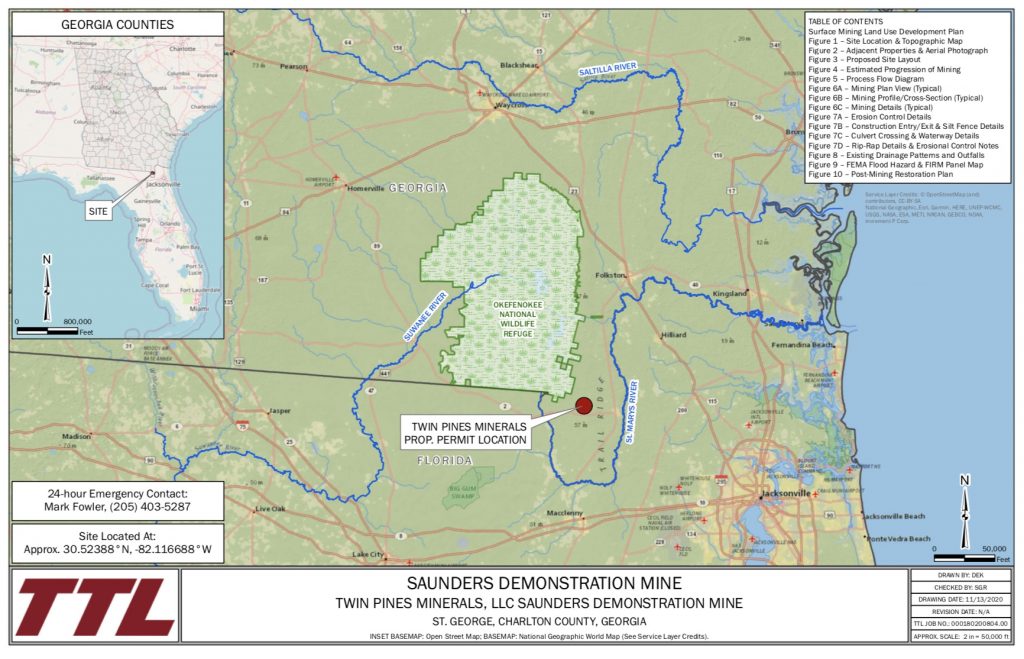Environment
Monitoring fish catch after Scotus bans owner-paid monitorsOctober 7, 2025

By David Pendered
Jan. 25 – The end of potential federal protection for the gopher tortoise did not escape the attention of the company that wants to extract valuable minerals from land near the Okefenokee Swamp.
Until Oct, 11, 2022 the gopher tortoise had been a candidate for listing as a federally protected endangered species. That date is when the U.S. Fish and Wildlife Service used the word “robust” to describe the gopher tortoise’s population in Georgia and surrounding states. Following a few additional steps, the gopher tortoise – Georgia’s state reptile – is no longer eligible for listing as an endangered species. The animal is state-listed as threatened, by the Georgia Department of Natural Resources.
Twin Pines Minerals, LLC noted the shift in the tortoise’s federal status in an appendix in its revised request for permits to mine outside the swamp’s southeastern edge. See page 9 of the updated documents, dated Nov. 28, 2022.

The company has reported finding 118 burrows dug by gopher tortoises, tunnels that are either active or inactive. Researchers used a camera, flashlight or mirrors to check burrows to determine if they were occupied, according to the company’s report of the exam cited in Appendix C:
The FWS action is a win for the state’s business leadership, and tortoise advocates, who have worked to conserve the gopher tortoise’s habitat from human disturbance. Along with protecting the tortoises, the burrows they dig provide accommodations for many other species.
The FWS action also has implications for the permits Twin Pines is requesting. The company needs state authorization to proceed with a demonstration mine outside the southeastern edge of the Okefenokee Swamp.

On one hand, the gopher tortoise population is now deemed “robust.” That represents a successful conservation campaign.
On the other, the gopher tortoise population may have been removed from any meaningful role in the permitting process for the proposed demonstration mine outside the Okefenokee Swamp.
This situation could prevent a repeat of a situation in 2015. Gopher tortoises were found to reside on a site near Savannah where Volvo was considering developing a $500 million manufacturing plant, its first in the U.S. South Carolina contended the animal’s presence could delay the site’s environmental permitting. Volvo selected the site South Carolina had offered, near Charleston.
Georgia’s business community responded to the lost economic opportunity.
The Georgia Chamber of Commerce joined the fledgling Georgia Gopher Tortoise Conservation Initiative. The initiative gained further support from the state business leaders and environmental advocates.
The initiative is hosted by the Georgia Conservancy, itself an organization founded in 1967 to conserve land. The conservancy’s board now is comprised of representatives of large corporations, including Southern Co., Georgia Power, KIA Georgia and The Home Depot, among others.
The conservancy’s statement on the FWS decision describes the efforts of the gopher tortoise initiative and observes:



0